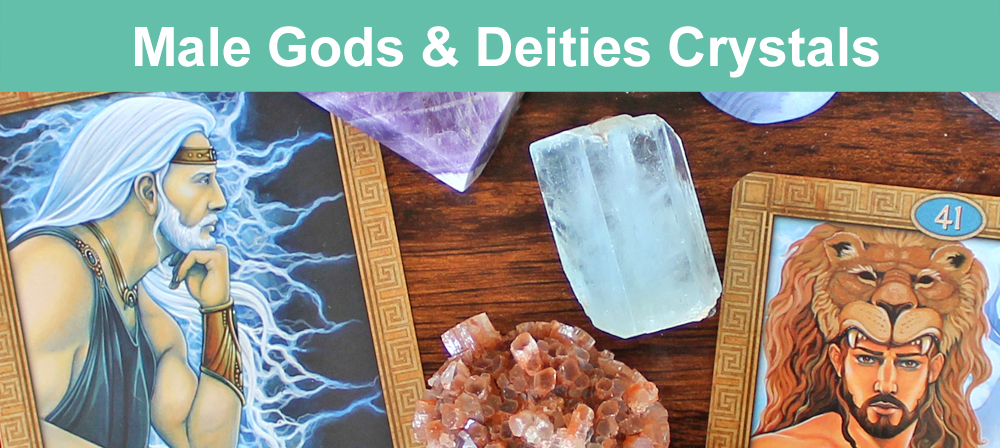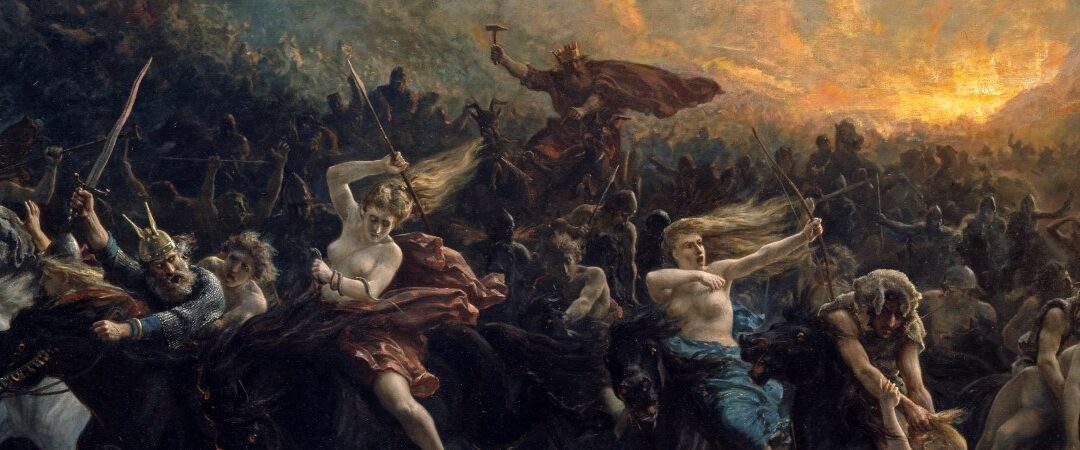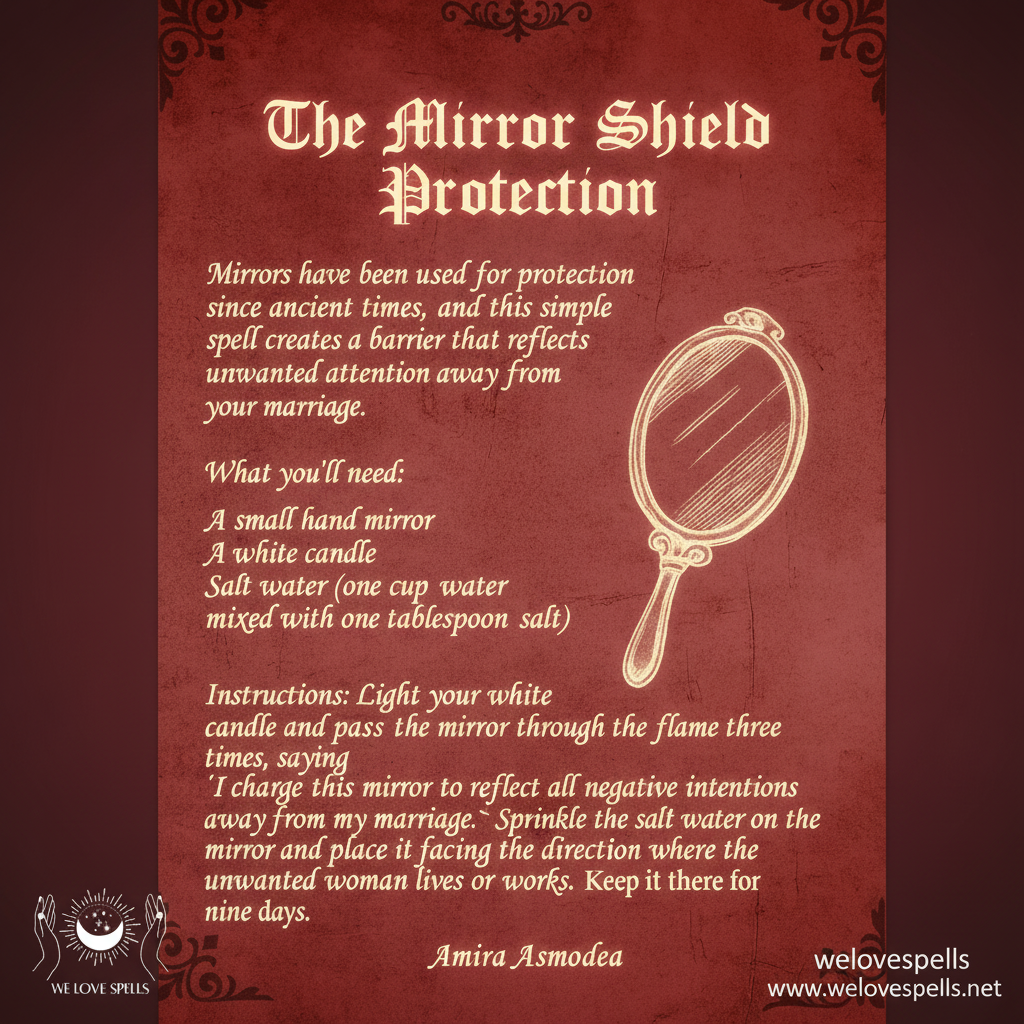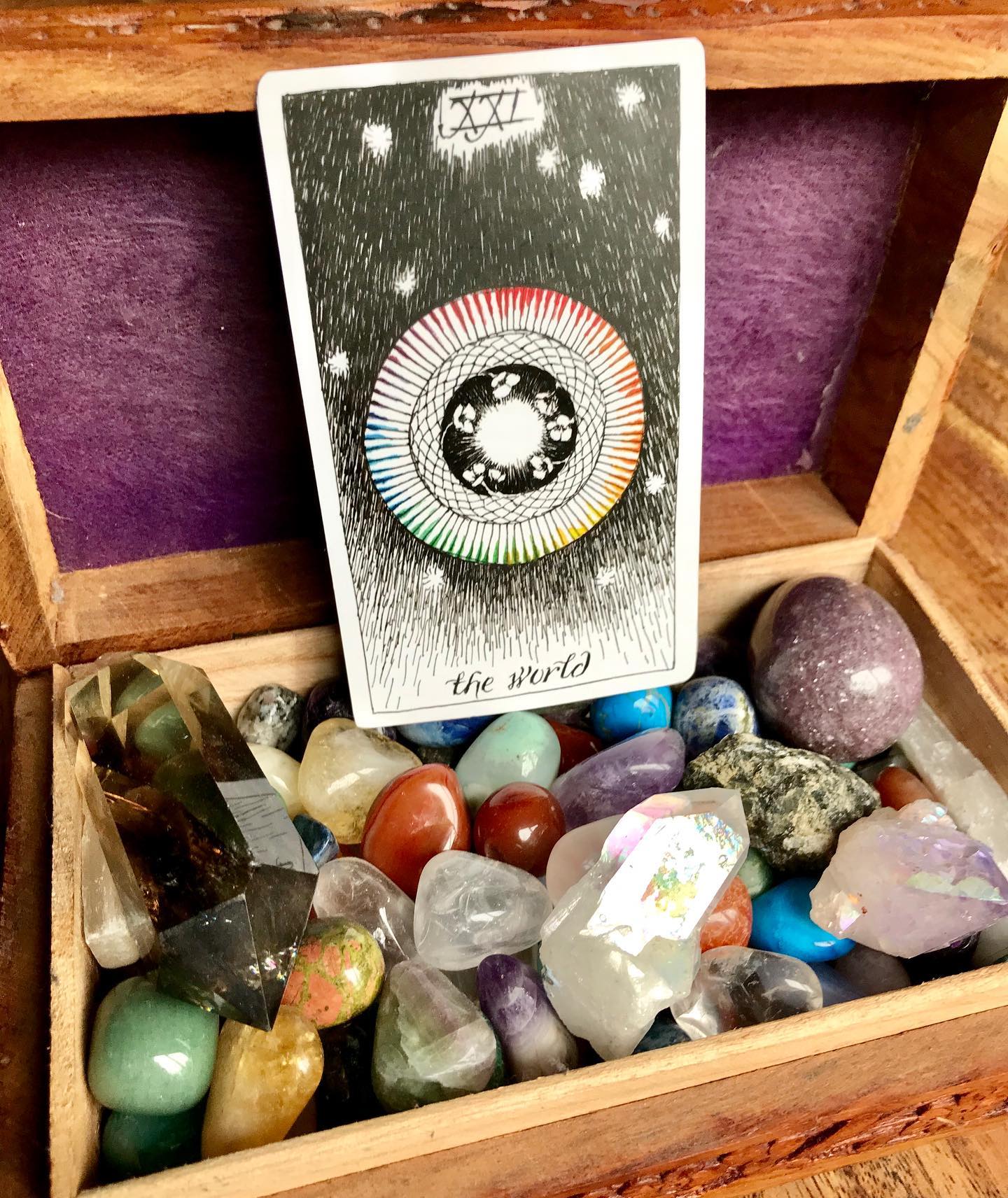Exploring Norse Mythology: Gemstones Associated with the Gods
How Do Love Spells Work?
-
- Love spells focus your intention through ritual, symbols, and timing to influence connection, attraction, and reconciliation.
- In Norse-inspired magic, gemstones act as energetic allies; modern practitioners pair stones with deities like Freya, Odin, and Thor.
- Historical Norse texts don’t list crystal correspondences—today’s pairings are symbolic, intuitive, and used in modern spellwork.
- Key stones: Rose Quartz (Freya, love), Amethyst (Odin, wisdom), Fulgurite (Thor, lightning power), Labradorite (Loki, change).
- Step-by-step ritual included: choose deity, select stone, cleanse, set intention, and perform a simple candle-and-crystal rite.
- For results-focused help, shop real love spells that work: bold Buy love spells online from verified spell casters at WeLoveSpells.net.
Curious about Norse mythology and the magical gemstones tied to legendary gods and goddesses? Explore how modern practitioners connect crystals to Norse deities to energize love, protection, and transformation.
While ancient sources don’t list crystal correspondences, today’s magickal community draws meaningful bridges between Odin, Thor, Freya—and stones like amethyst, fulgurite, and rose quartz. These symbolic links can deepen meditation, power spells, and enrich your personal practice.
Ready to work with proven rituals? Shop real love spells that work today — get your spell cast by the best spell casters online.
Within vibrant online communities and mythic retellings, discussions flourish about the relationship between Norse gods and gemstones. Some practitioners even create cross-references matching deity virtues with crystal energies.
Can lightning-born fulgurite embody Thor’s fierce power? Could rose quartz help you channel Freya’s magnetism in love magic? Use the guide below to explore these modern associations—and apply them to your own rituals.
Want a head start on attraction or reconciliation? Discover our curated Love Spells collection and choose a ritual aligned with your heart’s goal.

Introduction: The Mystic Bond Between Norse Gods and Gemstones
In Norse mythology, the gods and goddesses embody primal forces—love, wisdom, thunder, fate. While the Eddas don’t document crystal correspondences, modern pagans and heathens often pair gemstones with these archetypes to amplify ritual focus and personal growth.
Use this guide to discover popular deity–stone pairings and how to apply them in meditation, altar work, and love spells.
Norse Pantheon at a Glance: Gods, Goddesses, and Influence
Norse lore arises from ancient Scandinavia. The Aesir (Odin, Thor, Frigg), the Vanir (Freyr, Freya, Njord), and figures like Loki, Hel, and Baldr are revered for power, mystery, and connection to nature.
- Odin: Allfather of wisdom, runes, and prophecy
- Thor: Thunder, protection, and strength
- Freya: Love, beauty, sorcery, and desire
- Loki: Trickery, shapeshifting, transformation
- Frigg: Marriage, motherhood, foresight
- Tyr, Freyr, Hel, Baldr, Njord: Law, abundance, transition, purity, and the sea

Gemstones in Norse-Inspired Practice: Beliefs, Magic, and Modern Use
Crystals are widely used for focus, protection, and intention-setting. In Norse-inspired magic, many practitioners intuitively match stones to deities by symbolic resonance. For instance, fulgurite—formed when lightning strikes sand—echoes Thor’s storm-forged might.
These correspondences can add emotionally powerful symbolism to your spellwork and meditation. Looking to enhance your rituals? Explore our Love Spells Collection to pair a focused spell with your chosen gemstone.
Major Norse Gods and Their Popular Gemstone Connections
Note: These are modern, symbolic correspondences rather than direct citations from Norse sagas.
- Odin: Amethyst — wisdom, intuition, deep vision
- Thor: Fulgurite — lightning-born power, protection, courage
- Freya: Rose Quartz — love, beauty, attraction, harmony
- Loki: Labradorite — change, magic, the unseen
- Frigg: Moonstone — intuition, fertility, gentle safeguarding
- Tyr: Sapphire — justice, clarity, principled courage
- Freyr: Green Aventurine — luck, growth, renewal
- Hel: Onyx — transition, endurance, protection
- Baldr: Pearl — purity, peace, radiant innocence
- Njord: Aquamarine — calm seas, clarity, positive flow

Crystal Meanings at a Glance
- Amethyst (Odin): wisdom, psychic insight, clarity
- Fulgurite (Thor): power, transformation, thunder force
- Rose Quartz (Freya): compassion, attraction, heart healing
- Labradorite (Loki): adaptability, magic, protection from illusions
- Moonstone (Frigg): intuition, fertility, gentle guidance
- Sapphire (Tyr): justice, honor, moral focus
- Green Aventurine (Freyr): luck, prosperity, harvest
- Onyx (Hel): boundaries, transition, grounding
- Pearl (Baldr): peace, beauty, innocence
- Aquamarine (Njord): calm, hope, smooth journeys
Historical Evidence vs. Modern Myth-Making
- Historical Gaps: The Prose and Poetic Eddas do not assign crystals to deities.
- Inspired Symbolism: References to treasures, sacred items, and nature spark modern correspondences.
- Contemporary Practice: Many pagans and witches use personal intuition to select stones for Norse work.

How to Use Norse Gemstones in a Love Spell (Step-by-Step)
How-To This simple rite blends Freya’s heart-centered energy with rose quartz. Adapt it to other deities and stones as needed.
- Choose your deity and intention. For attraction or reconciliation, Freya is ideal.
- Select your stone. Rose quartz for love; add amethyst for clarity if desired.
- Cleanse and charge. Rinse under cool water or bathe in moonlight; state your intention aloud.
- Prepare the altar. Light a pink or red candle; place the stone before it with a written intention.
- Invoke and focus. Call on Freya; visualize the relationship outcome. Hold the stone near your heart.
- Seal the spell. Fold your petition, pass it through the candle’s warmth safely, and keep it beneath the stone for 7 nights.
Modern Practice: Blending Norse Lore and Crystal Rituals
- Heathen Focus: Many prioritize runes, offerings, and ancestors; crystals are an optional enhancement.
- Cross-Tradition Tools: Wiccan, Mediterranean, and ceremonial systems have robust crystal lore; Norse pairings are newer and symbolic.
- Personal Empowerment: Combine deity archetypes, gemstone allies, and intention for a tailored practice.
Extend the Magic: Everyday Ways to Work with Norse Gemstones
- Meditate with your chosen stone while visualizing the deity’s qualities.
- Create a dedicated altar with offerings and stones that match your goal.
- Wear or carry a talisman for love, protection, or wisdom during the day.
- When turning friendship into love, pair rose quartz with the Friend-to-Lover Spell.
Cleansing and Charging Your Norse Gemstones
To attune stones to Norse archetypes, rinse briefly in running water to honor Njord, or place them under moonlight for Frigg’s gentle blessing. Speak a clear intention and invite the deity’s essence to align with the stone.
Success Stories: Love and Energy Transformed
Start your transformation today. Get your spell cast by the best spell casters in the world
Unlocking Norse Archetypes for Personal Growth
Norse deities mirror human potential. Odin’s amethyst can inspire insight and learning, while Freya’s rose quartz nourishes courage, self-worth, and attraction. Choose the archetype that matches your current chapter and let your gemstone become a daily anchor.
Adapting Gemstone Magic for Real Relationships
Whether you’re rekindling a bond, healing heartbreak, or attracting new love, pair deity symbolism with stone energy for a balanced approach. For reconciliation, consider the Reconciliation Love Spell. For fresh starts, try the Attract Your Soul Mate Spell.
Find Your Norse Patron and Gemstone Ally
Which god or goddess calls to you? Listen to intuition and your deeper needs. If your goal is long-term devotion, explore the Love Binding Spell. For turning friendship into romance, work with rose quartz and the Friend-to-Lover Spell.
Frequently Asked Questions: Norse Deities and Gemstones
1. Do historical Norse texts link gemstones to gods?
No. The Eddas don’t list crystal correspondences. Today’s pairings are modern, based on symbolism and practice.
2. Which stone is associated with Freya for love spells?
Rose quartz is most commonly paired with Freya for attraction, beauty, and heart-healing.
3. What crystal represents Thor’s thunder energy?
Fulgurite, formed by lightning, is often used to channel protection and raw power.
4. How do I cleanse and charge stones for Norse magic?
Use running water (Njord), moonlight (Frigg), smoke, or sound cleansing. Then speak your intention clearly.
5. Can I combine Norse deity work with professional love spells?
Yes. Many blend deity symbolism and crystals with focused rituals like the Reconciliation Love Spell for stronger results.
Author
Spellcaster Belinda — practitioner and ritual designer with 20+ years of experience in Norse-inspired magic, crystal work, and love spell casting. Belinda has consulted for thousands of clients seeking reconciliation, soulmate attraction, and heart healing through ethical, intention-led rituals.
Connect Norse Lore, Crystal Energy, and Real Spells
For a layered approach—mythic symbolism, gemstone allies, and expert-cast rituals—browse our full Love Spells Collection. Choose a spell that mirrors your goal and pair it with the deity and stone that speak to your heart.
Norse gods and gemstone magic await. Your path to love, connection, and confidence starts now.
Experience Norse-Inspired Love Spells Today
🔴 Need Clarity on your Situation?



